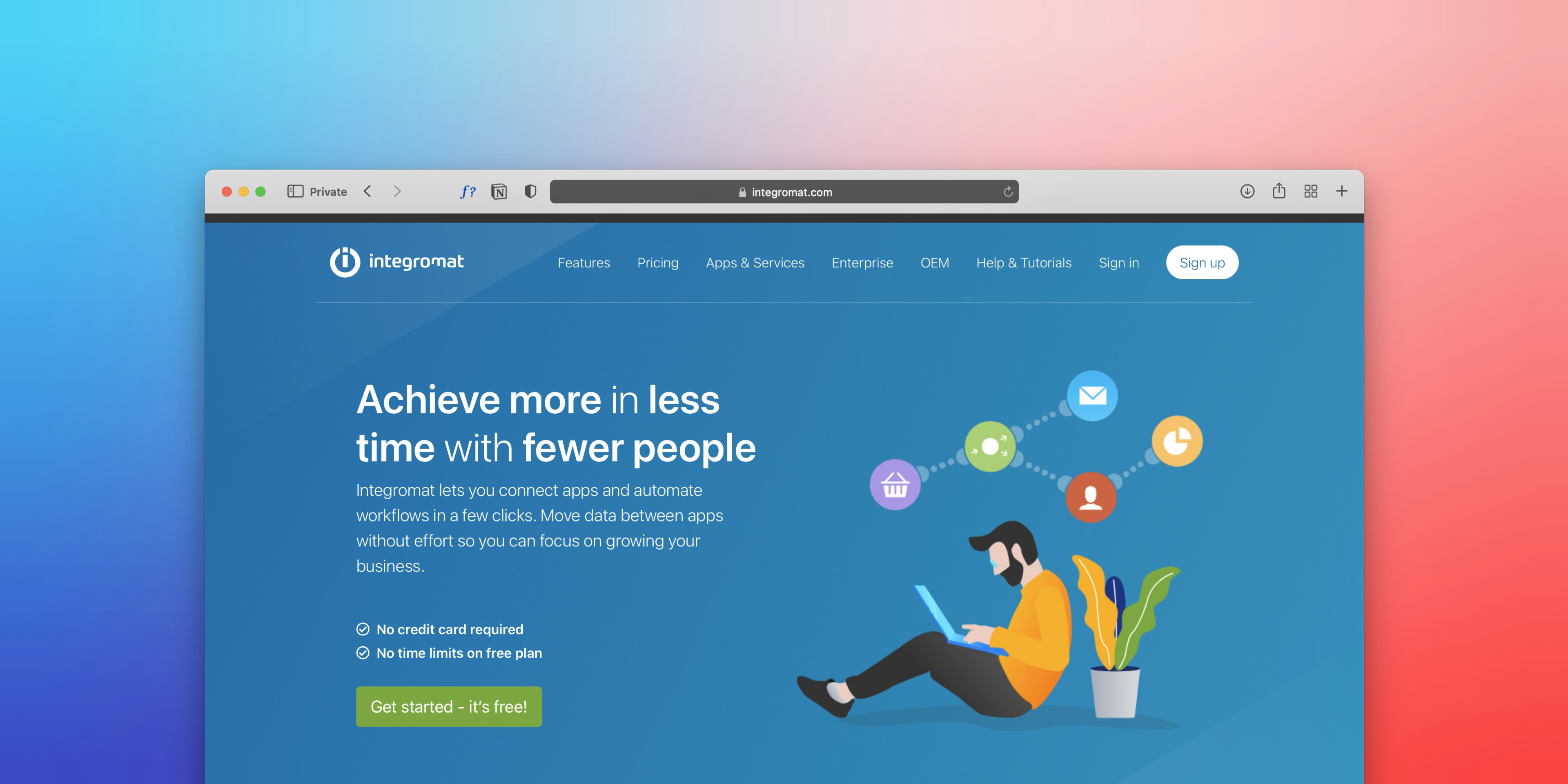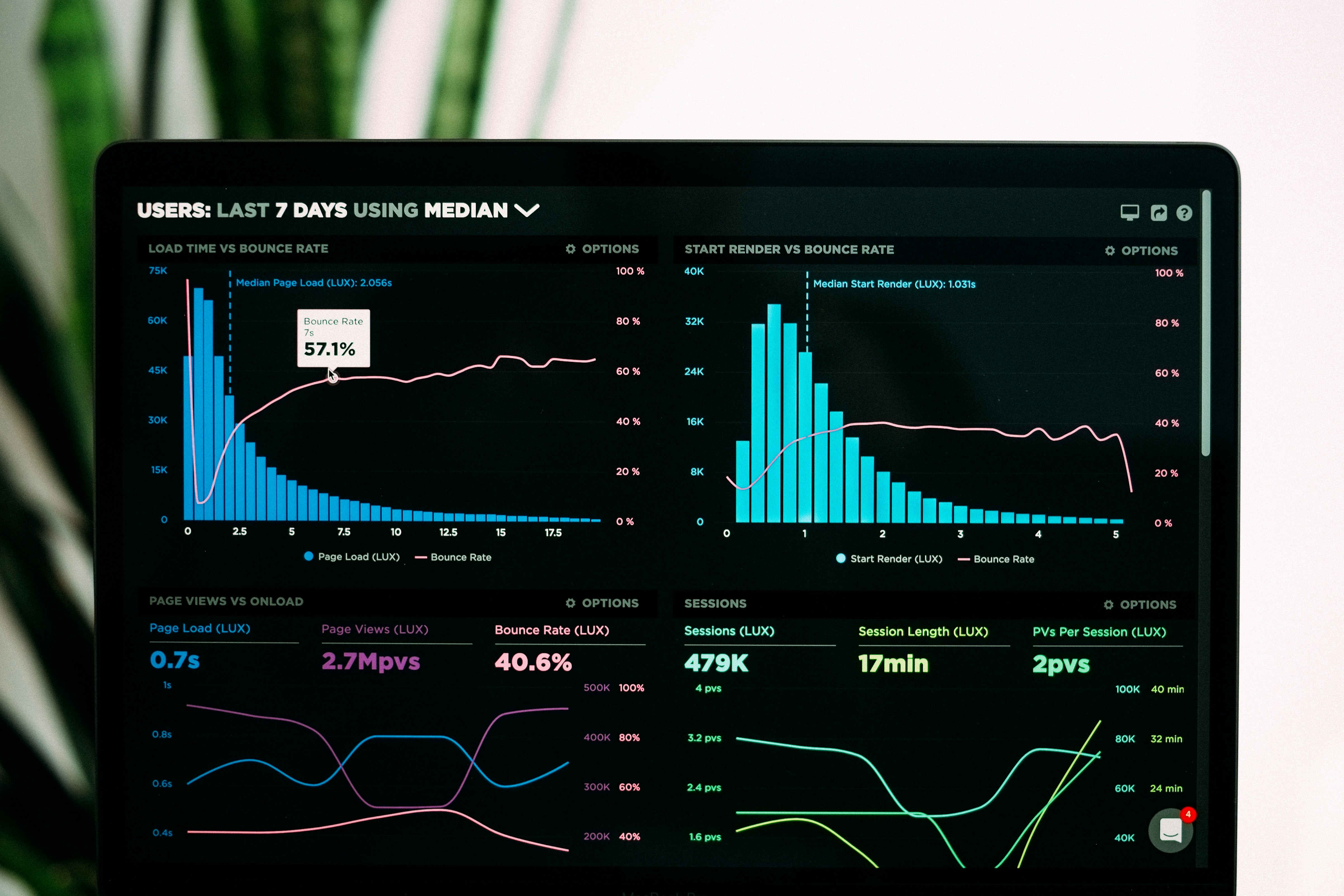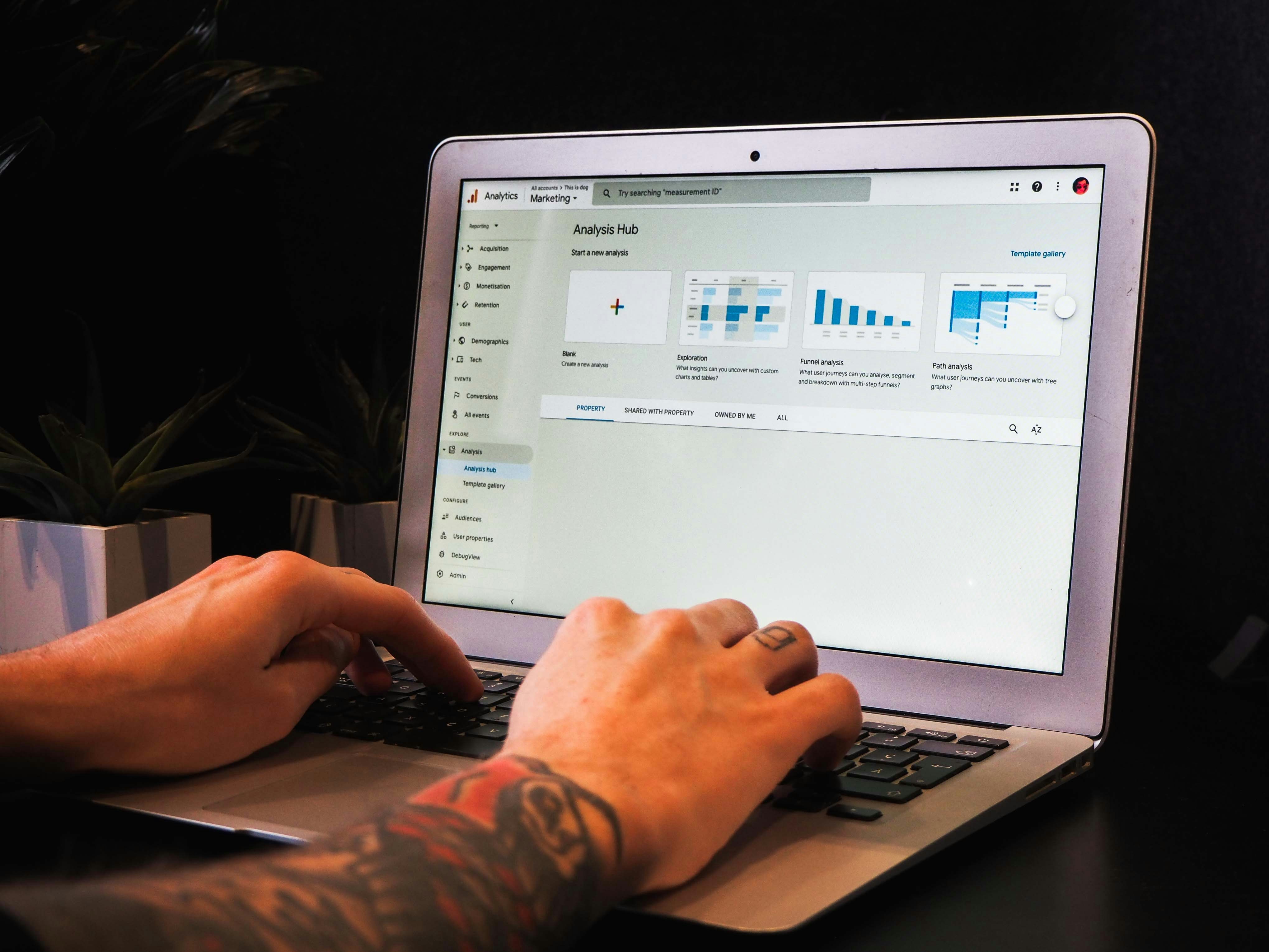Website Analysis: How Google Analytics 4 Works and How to Use It
If you have a website, it’s important to understand how visitors find and interact with it. This not only helps you measure whether you’re meeting your goals, but also gives you insights into how to improve the user experience. Google Analytics 4 (GA4) is a powerful tool for website analysis. Although it may seem overwhelming at first, it’s actually very accessible for website owners — even for those using a simple template site, such as one built with Temblit. In this article, we’ll explain how to use GA4 to gain valuable insights into your website’s performance.
What Is Google Analytics 4 and Why Is It Important?
Google Analytics 4 is the latest version of Google’s popular analytics platform. It provides detailed insights into your website traffic and how visitors interact with your content. This can include everything from how many people visit your site, to which pages they view, and how long they stay.
GA4 differs from its predecessor, Universal Analytics, by taking an event-based approach, meaning you can track interactions in much more detail.
For a website built on a simple template platform like Temblit, GA4 offers valuable information that helps improve your marketing efforts and optimize the user experience. Whether you run an online store, a blog, or another service-based website, GA4 helps you better understand visitor behavior.
How to Set Up Google Analytics 4 on Your Website
Setting up Google Analytics 4 on a template-based website like Temblit is relatively simple. Most template builders include a section where you can add your Google Analytics tracking code.
Once you’ve created a Google Analytics account and set up a new property for your website, you’ll receive a unique tracking code. Copy this code and paste it into your website’s settings. Most website builders have a field under “Settings” or “Integrations” where you can easily insert it.
After the code is active, GA4 will begin collecting data about your visitors. It may take a few hours before you start seeing reports, but in most cases, data will begin to flow shortly after setup. You don’t need any technical skills — most website builders make the process straightforward and beginner-friendly.
What Can You Track with Google Analytics 4?
One of GA4’s biggest advantages is that it helps you understand how visitors interact with your site. Even if you’re using a simple template, such as Temblit’s, you can still access meaningful data. Here are some key metrics you can track:
Traffic: See how many visitors your website receives, where they come from (for example, search engines, social media, or direct visits), and what devices they use (mobile, desktop, or tablet). This helps you understand which marketing channels are most effective.
On-Site Behavior: Track which pages visitors view, how long they stay, and what actions they take. This shows which content performs best and where visitors might drop off.
Conversions: If you run an online store, you can track how many people make a purchase, sign up for a newsletter, or complete another key goal. GA4 makes it easy to set up and measure conversions.
Events: In GA4, everything revolves around “events.” You can track when users click a button, submit a form, or scroll through a page. These event-based insights give you a much deeper understanding of user interactions.
What to Focus On
When you’re just getting started with GA4, it’s best to focus on a few key metrics that give you the most useful information about your website’s performance:
Users and Sessions: This tells you how much traffic your site is getting. If your visitor numbers are growing, that’s a good sign that your marketing or SEO efforts are working. Pay attention to average session duration as well — longer sessions usually mean visitors find your content valuable.
Engagement: Look at how many pages visitors view per session. If users only visit one page and leave, it might mean your content isn’t meeting their expectations or your navigation could be improved.
Conversion Rate: Whether you’re selling products, collecting newsletter signups, or tracking other goals, conversion rate is one of the most important metrics. If your conversion rate is low, it may help to review your call-to-action buttons, page design, or messaging.
Traffic Sources: Understanding where your visitors come from is key to refining your marketing strategy. If most traffic comes from social media, consider focusing more on those platforms. If your main source is organic search, it shows that your SEO is paying off.
Why Google Analytics 4 Matters — Even for Simple Websites
Even if you’re working with a relatively simple template, like those from Temblit, Google Analytics 4 provides powerful insights that can help you improve your site. It allows you to identify which parts of your website perform well and which areas could use improvement.
For example, if many people visit your online store but few make purchases, you could improve the shopping experience by adjusting buttons, enhancing product descriptions, or adding special offers. If users leave your blog quickly, it might indicate that the content isn’t engaging enough or that navigation is distracting them from exploring more posts.
With Google Analytics 4, you don’t just gain insight into how your website is performing — you also learn how to optimize it for a better user experience and higher conversions.



































































